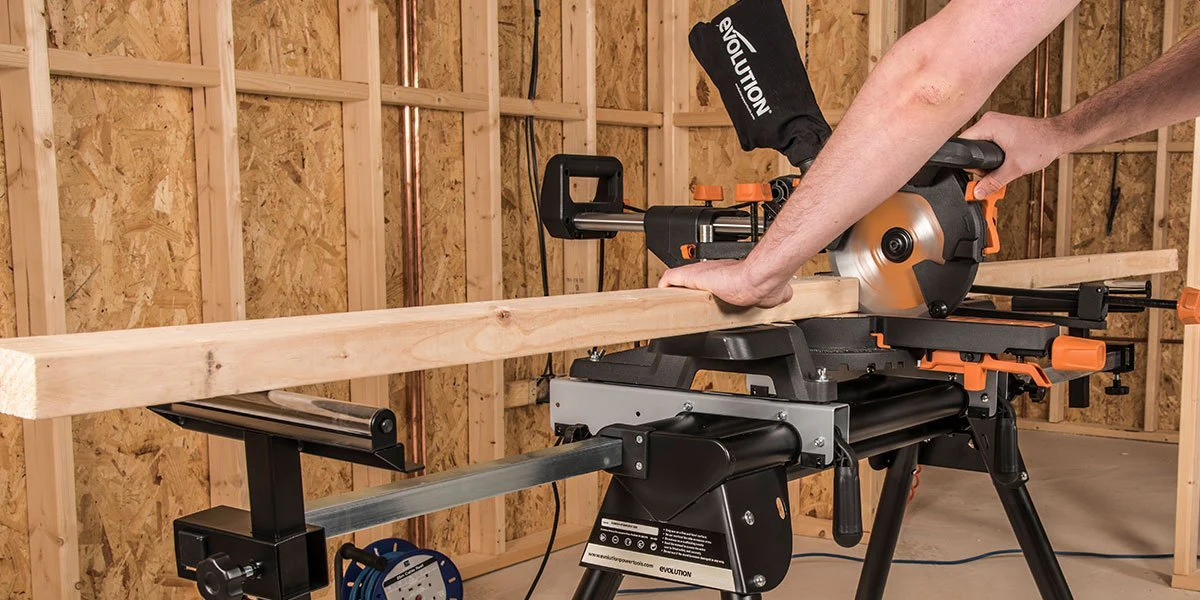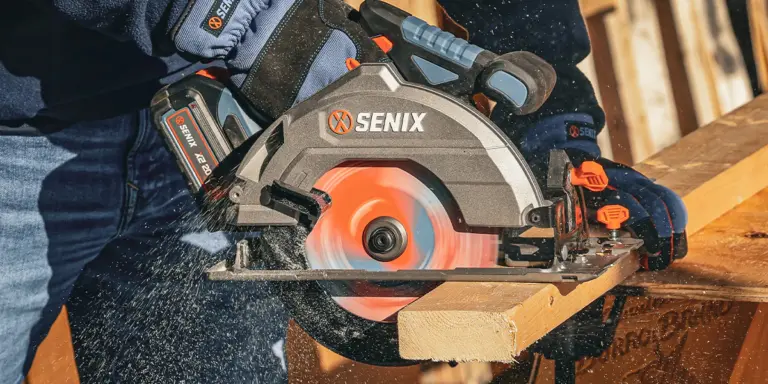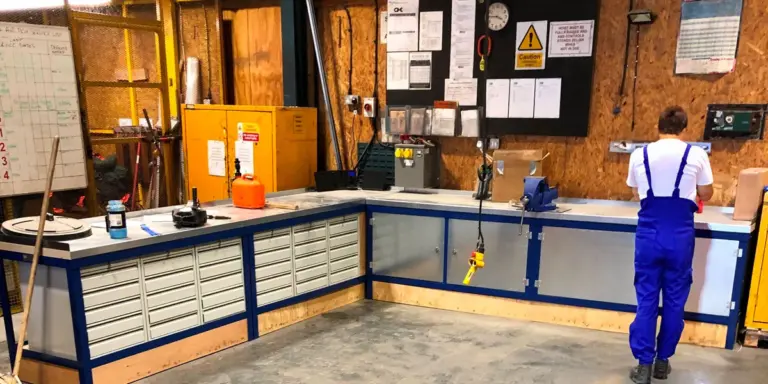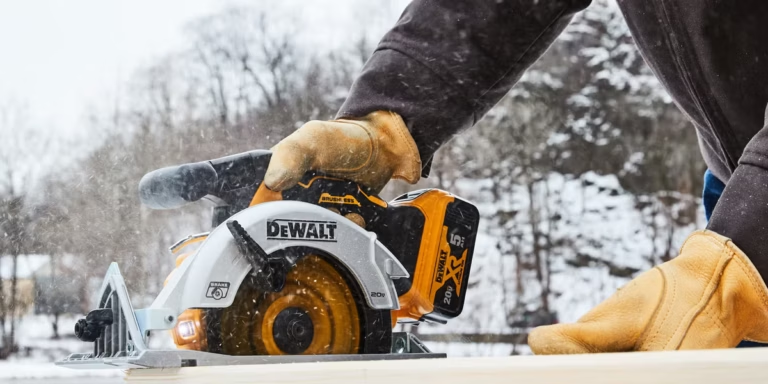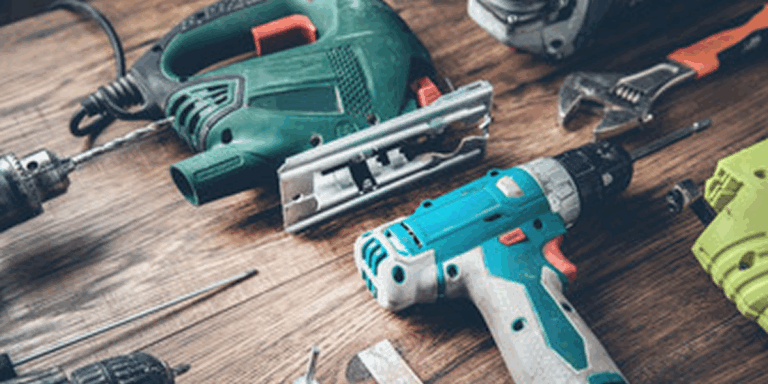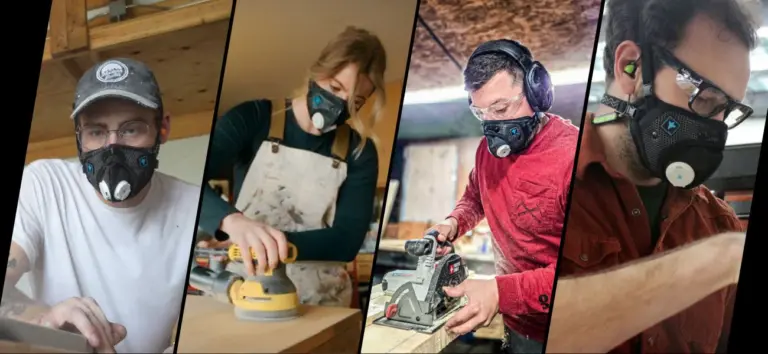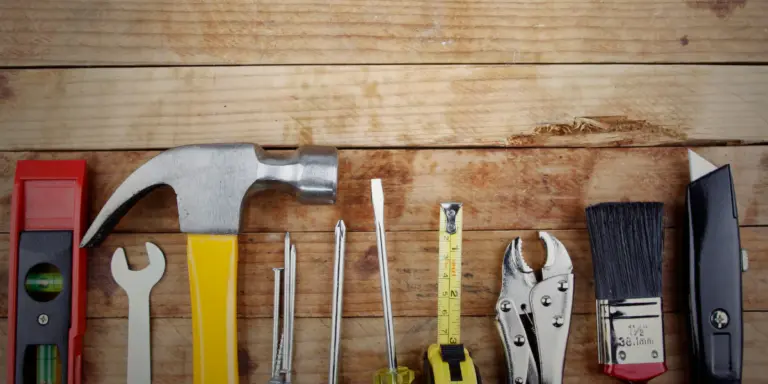Grounding Your Tools: What You Should Know
Electric tools are at the heart of most DIY projects I take on, from simple home repairs to larger renovation jobs. Whether I’m using a drill, circular saw, or shop vacuum, electrical safety is always at the back of my mind. One essential but often overlooked safety measure is proper grounding. Grounding your tools isn’t just a technical detail—it’s a critical step in making sure that electricity flows safely and doesn’t turn a helpful tool into a dangerous hazard.
I’ve spent plenty of hours working with all sorts of tools in various settings, and I’ve seen firsthand what happens when grounding is ignored. The risks range from minor electric shocks to serious injuries. Over the years, I’ve made it a point to prioritize grounding not just for myself but also for friends who borrow tools or work alongside me. This guide lays out everything I’ve learned about grounding your tools, how it works, and what you should look out for to stay safe.
Why Grounding Matters in DIY Work
Electricity always seeks the path of least resistance. If your power tool develops a fault—such as a frayed wire or loose internal connection—there’s a chance that electricity can pass through the outer casing of the tool. If that happens and your body becomes the easiest route to the ground, you’re in serious trouble. That’s why grounding your tools is a non-negotiable safety measure in any DIY workspace.
Proper grounding diverts stray electrical current safely into the earth, away from your body. It works in tandem with other electrical safety devices like circuit breakers and GFCIs, providing a final fail-safe layer of protection. I’ve come to see it not as optional but as essential for anyone working with powered equipment.
How Grounding Actually Works
At its core, grounding involves connecting the metal parts of a tool to the earth via a wire or conductive path. Most grounded tools have a three-pronged plug: hot, neutral, and ground. That third prong connects to a grounding wire, which is then connected to a grounded outlet or extension cord.
When everything works as it should, the tool uses power normally, and the grounding prong remains inactive. If there’s a fault that causes electricity to touch the outer casing, the current is rerouted through the grounding system instead of shocking you. That’s the principle that makes grounding your tools such an effective safety measure.
Two-Prong vs. Three-Prong Tools
In my shop, I always check the plugs on new or older tools. If it has only two prongs, I think twice about whether it’s safe to use—especially if it’s an older model without double insulation. Some tools are designed to be double-insulated and safe without a ground, but that doesn’t mean all two-prong tools are harmless.
A grounded, three-prong tool will typically offer more protection, particularly in damp or unpredictable environments like garages or basements. I’ve made it a habit to upgrade any older two-prong models or at least label them clearly and use them with caution. Grounding your tools the right way sometimes means replacing equipment that no longer meets today’s safety standards.
Inspect Cords and Plugs Regularly
No matter how good your grounding setup is, it won’t matter if your cords or plugs are damaged. Before plugging in any tool, I give the cord a quick inspection. I look for cracks, exposed wires, bent prongs, or any signs of heat damage. If the third (grounding) prong is missing or broken, I don’t use the tool at all until it’s repaired.
I keep a repair kit handy with electrical tape, replacement plugs, and heat-shrink tubing so I can deal with minor issues quickly. But when in doubt, I’ll take the tool out of service until a full repair is done. Grounding your tools only works if all the components—from the plug to the outlet—are in good shape.
The Role of GFCIs in Grounding
In my shop and outdoor workspaces, I’ve installed GFCI (Ground Fault Circuit Interrupter) outlets in all key areas. These outlets detect any difference in electrical flow between the hot and neutral wires. If there’s a sudden surge—like current escaping into your body or another unintended path—the GFCI shuts off the power in milliseconds.
GFCIs aren’t the same thing as grounding, but they add an extra layer of safety. Even grounded tools can become dangerous under certain conditions, so using GFCIs in conjunction with grounding your tools helps cover all the bases. If I’m using extension cords outdoors or near water, I make sure they have built-in GFCI protection.
Grounded Extension Cords and Power Strips
Using the right accessories is just as important as grounding the tools themselves. I only use heavy-duty extension cords that have a proper ground wire and a third prong. It’s tempting to use a two-prong cord when the three-prong ones aren’t available, but that’s a serious mistake. I learned early on that bypassing grounding by using cheap or improper cords can cancel out all the safety features built into your tools.
If your extension cord or power strip doesn’t have a ground wire, it can’t safely reroute current away from your body. Make it a habit to label grounded cords and store them separately from older or two-prong models. Grounding your tools is only effective when the entire circuit is properly grounded from start to finish.
Avoid Grounding Adapters and Prong Benders
It might seem like a quick fix to use a three-to-two prong adapter or bend the ground prong to fit an old outlet, but doing so defeats the entire purpose of grounding. I’ve seen DIYers make this mistake trying to force a three-prong tool into a two-prong receptacle, thinking it’s no big deal. It is a big deal.
If the outlet isn’t grounded, neither is your tool—even if it has that third prong. I’d rather spend the time and money to upgrade an outlet than risk bypassing critical safety features. Grounding your tools means doing it right, not cutting corners.
Grounding Stationary Tools
Some of my larger stationary tools—like the table saw, drill press, and belt sander—have dedicated circuits and outlets. When installing these, I always consult the user manual and a qualified electrician if I’m unsure about the grounding instructions.
In some setups, the tools have ground terminals that must be connected directly to a ground rod or bus bar. Others are grounded through their plugs and the electrical wiring in the wall. Either way, I make sure everything is up to code and test it with a circuit tester before turning anything on. Grounding your tools includes not only portable ones but also everything plugged into a dedicated shop circuit.
Ground Testing Equipment
To verify my tools and outlets are grounded properly, I use a circuit tester with a GFCI test button. It plugs directly into an outlet and shows whether the hot, neutral, and ground wires are correctly wired. This tool has saved me from unknowingly using outlets that looked fine but weren’t grounded.
Every few months, I do a sweep through the shop and test each outlet I use regularly. If anything looks suspicious or fails the test, I troubleshoot it or call an electrician to make repairs. Grounding your tools doesn’t stop after installation—it’s an ongoing responsibility to ensure every connection remains safe over time.
Double-Insulated Tools and Their Role
Some tools don’t have a ground prong because they’re double-insulated. These tools are designed with extra internal insulation to protect against electric shock, eliminating the need for a grounding wire. I still use these, but only if they’re newer, well-maintained, and used in dry environments.
Just because a tool is double-insulated doesn’t mean it’s invincible. It can still pose risks if damaged, dropped, or modified. I label all my double-insulated tools so I know which ones lack a ground wire, and I’m extra careful about their condition. Grounding your tools effectively means knowing which ones depend on grounding and which don’t.
Workshop Layout and Electrical Planning
As I’ve upgraded my workshop, I’ve also paid attention to how electrical outlets are laid out. I make sure every outlet used for tools is grounded and GFCI protected. I avoid using multiple power strips chained together, which can increase the chance of a grounding failure or overload.
Tools that draw high wattage, like miter saws and air compressors, have their own circuits with properly grounded outlets. Planning your shop layout with grounding in mind from the start will save you countless hours and potentially dangerous mistakes down the road.
Portable Generators and Grounding
When I work on outdoor projects or at remote job sites, I sometimes rely on a portable generator. Not all generators are grounded by default. Some require you to drive a ground rod into the earth and attach it with a grounding wire. I always check the manual before powering tools with a generator, and I use a tester to confirm that the outlet is properly grounded.
Skipping this step could leave your tools and body vulnerable to stray current. Grounding your tools isn’t just about the tool itself—it’s about the entire system delivering electricity to it.
Signs That a Tool Isn’t Properly Grounded
Over the years, I’ve learned to watch for warning signs that a tool might not be grounded properly. If I feel a tingling when touching the tool, or if a breaker trips unexpectedly, I immediately stop using it and check for grounding issues. Sometimes the tool vibrates oddly, or the motor sounds strained. These are all signs that something isn’t right.
Don’t ignore your instincts—any unusual behavior from an electric tool should trigger a grounding inspection. It’s always better to take a few minutes to check than to risk injury.
Final Thoughts
Grounding your tools is one of the most effective and accessible ways to protect yourself in a DIY workspace. Whether you’re a weekend warrior or a full-time craftsman, it’s easy to take electricity for granted—until something goes wrong. I’ve built my shop around safe, grounded electrical practices, and it’s made every project less stressful and far more secure.
Start with the basics: use grounded plugs and cords, inspect everything regularly, avoid dangerous workarounds, and install GFCI protection where possible. Take the time to test your outlets, label your gear, and train others in your home to recognize safe tool practices. Grounding your tools might not be the flashiest part of your setup, but it’s one of the most important—and it could make the difference between a successful project and a serious accident.

